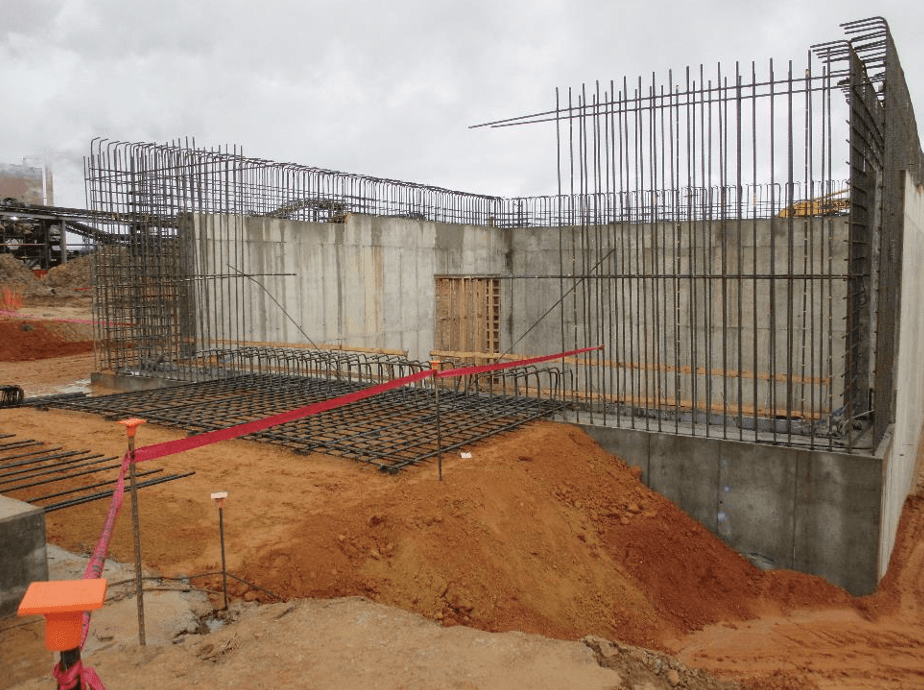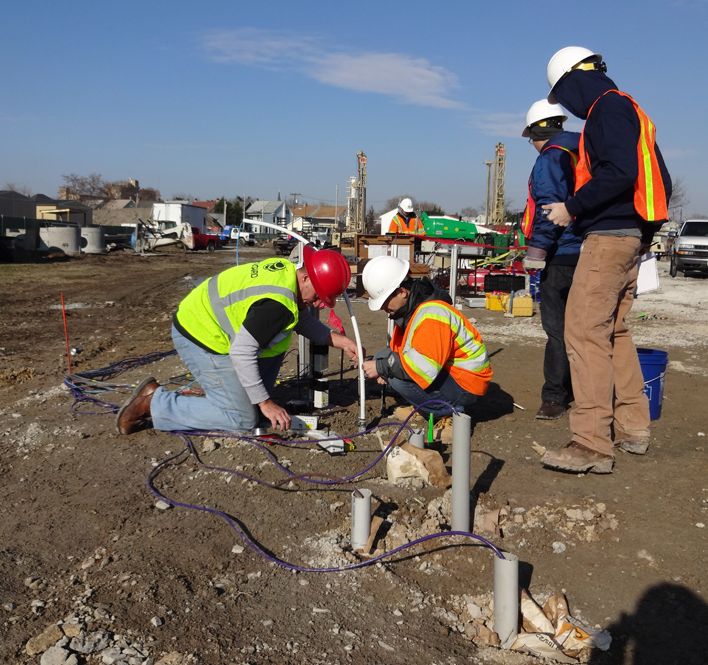Project Geotechnical Engineer Knowledge for Large-Scale Advancement
Project Geotechnical Engineer Knowledge for Large-Scale Advancement
Blog Article
Just How Consulting Engineers Enhance Geotechnical Engineering Projects: Insights Into Their Knowledge, Methodologies, and Collaborative Approaches
Consulting designers are pivotal in boosting geotechnical design jobs, using their specialized knowledge to navigate the intricacies of subsurface problems. Their collaborative techniques foster interaction amongst diverse job stakeholders, eventually forming the project's trajectory.
Role of Consulting Engineers
The know-how of consulting engineers in geotechnical engineering is essential to the effective execution of construction jobs. These specialists play a crucial role in evaluating soil and rock buildings, which are critical elements influencing style and building choices. By carrying out detailed website examinations, consulting engineers collect important data that informs the design process, guaranteeing projects are constructed on steady and appropriate ground.
Consulting designers also give very useful insights into danger administration (geotechnical geologist). They determine prospective geotechnical risks, such as landslides, soil liquefaction, and negotiation concerns, making it possible for stakeholders to carry out efficient mitigation techniques. Their knowledge aids in optimizing structure styles, which can result in significant price financial savings and improved safety
Furthermore, getting in touch with designers act as an important link in between project proprietors, designers, and specialists. Their ability to convert complicated geotechnical data right into actionable recommendations promotes collaboration and promotes notified decision-making throughout the project lifecycle. This multidisciplinary strategy not only boosts job efficiency yet also makes certain conformity with governing standards and ideal practices.
Trick Approaches in Geotechnical Design

One main method is website examination, which involves conducting field tests and lab analyses to collect information on subsurface problems. Strategies such as Criterion Infiltration Screening (SPT) and Cone Infiltration Screening (CPT) are extensively used to review dirt stratigraphy and strength. In addition, geophysical approaches, consisting of seismic and electric resistivity studies, give non-invasive methods to analyze subsurface characteristics.
Another crucial technique is numerical modeling, which enables designers to imitate numerous circumstances and forecast exactly how soil-structure communications will behave under different loading problems. Limited Aspect Analysis (FEA) is a common approach used in this context.
In addition, the style of foundations, keeping structures, and earthworks counts greatly on these methods - geotechnical geologist. By integrating advanced logical devices with field information, getting in touch with designers can develop customized remedies that attend to particular project obstacles, eventually contributing to the security and security of construction tasks
Value of Soil Evaluation
Dirt analysis works as a fundamental aspect in geotechnical design, offering essential insights right into the physical and chemical residential properties of soil needed for reliable building preparation. Understanding soil features is important for establishing its load-bearing capacity, drain actions, and potential for settlement or instability. Thorough soil investigations, consisting of tasting and laboratory testing, aid determine specifications such as dirt type, wetness web content, thickness, and shear strength.
These analyses educate the option of appropriate building strategies and products, ultimately influencing job safety and security and long life. Cohesive soils may require different foundation styles compared to granular soils, requiring tailored engineering options. Moreover, dirt evaluation help in recognizing impurities that can posture threats to human wellness or the setting, permitting for the growth of reduction approaches.
Integrating soil analysis right into the very early phases of job development helps to decrease unpredicted obstacles, making sure that engineers can anticipate and address possible problems before they escalate. By developing a detailed understanding of the site conditions, getting in touch with designers can optimize layout performance and decrease costs, therefore improving the overall success of geotechnical design jobs.
Collaborative Strategies in Jobs
Successful geotechnical tasks typically depend upon joint methods that i was reading this bring with each other varied knowledge from various self-controls. Effective cooperation among getting in touch with engineers, rock hounds, environmental researchers, and construction specialists is important for addressing complicated obstacles and optimizing job outcomes. By leveraging the unique skills and expertise of each team participant, projects can gain from an all natural understanding of the site problems, governing requirements, and design constraints.
Routine interaction and interdisciplinary conferences help with the sharing of understandings and cultivate a culture of team effort. These joint efforts allow the recognition of possible risks early in the job lifecycle, permitting for hop over to these guys timely mitigation methods. Moreover, integrating comments from stakeholders, consisting of neighborhood communities and regulative companies, makes certain that all perspectives are considered, improving job approval and conformity.
Additionally, the integration of advanced technologies, such as Geographic Information Systems (GIS) and Building Information Modeling (BIM), further enhances collaboration. These tools allow for the real-time sharing of information and visualization of geotechnical problems, advertising educated decision-making. Eventually, a collective technique not only improves job execution but additionally lays the structure for cutting-edge options to complicated geotechnical engineering challenges.
Impact on Task End Results

Consulting engineers use advanced methodologies such as threat assessment and anticipating modeling, which enhance the accuracy of task forecasts. Their capability to incorporate innovative innovations, find more information like geotechnical instrumentation and information analytics, even more fine-tunes the layout and building procedures. As an outcome, projects experience enhanced performance, reduced expenses, and lessened hold-ups.
Furthermore, promoting reliable interaction and partnership amongst staff member improves analytical abilities. When obstacles occur, a joined front allows for swift recognition of solutions, protecting against prospective obstacles. Ultimately, the collective efforts of getting in touch with designers contribute to higher quality outcomes, making sure that jobs fulfill both governing criteria and customer assumptions.
Verdict

Report this page